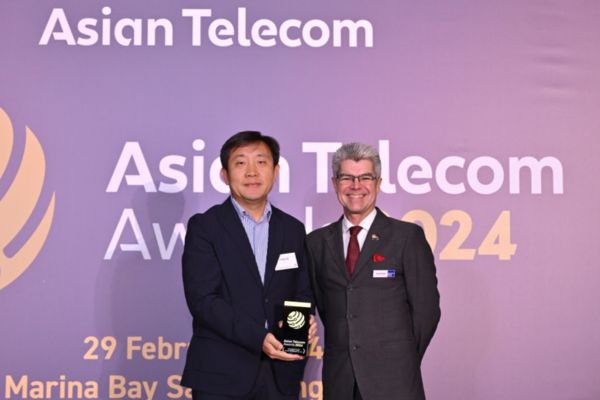With the growing adoption of Fibre-to-the-Home (FTTH), end-users are expecting improvements in quality of experience (QoE) should also improve. However, challenges continue to persist when it comes to in-home connectivity.
Amongst these issues is inconsistent Wi-Fi experiences, worsened by reliance on a single router. QoE will be worse the farther the user is from the router. Neighbouring Wi-Fi routers can also cause interference to the network.
At the same time, installed hotspots often rely on wireless or in-home wiring with bandwidth limitations, meaning that roaming from one hotspot to the next is not seamless. This unpredictability in QoE not only impacts service provider revenues, given the high cost of Wi-Fi-related support. It also complicates the launch of value-added services.
Huawei Technologies‘ innovative Fibre-to-the-room (FTTR) utilises innovative technology such as hot-melt transparent optical cables and gecko transparent optical cables (with glue) to implement efficient and flexible installation and deployment, making fiber to every room possible. This ensures seamless connectivity throughout the home, addressing the challenges of inconsistent Wi-Fi experiences and limited in-home wiring bandwidth. By leveraging these advanced technologies, Huawei’s FTTR solution delivers unparalleled Wi-Fi rates of up to 3 Gbps and seamless roaming for large numbers of home and SME users. It offers the industry’s fastest rates and widest coverage available indoors, with a solution that has a maximum of 256 concurrent IoT devices, a 2.5G symmetric rate, and a handover latency of <20 ms.

Additionally, FTTR has energy-saving features consuming 30% less power than CoC v8, which is equivalent to saving 152 kWh per family annually. Applications such as Cloud NAS, Service Acceleration, CSI Smart Care, and Internet Access Parental Control further enhance user experience and efficiency.
Operators that have deployed the FTTR technology have seen an $11 increase in average revenue per unit by selling this improved solution. They have likewise seen a $10 increase in value-added services sold to households that subscribe to FTTR.
Service complaints about Wi-Fi have also been reduced by 65% for FTTR customers, leading to further support cost savings.
First launched in China in 2020, FTTR now benefits over 10 million users. Several international telecom operators have developed their own FTTR based on Huawei’s solution, with over 30 completing pilot admissions across Asia, Latin America, the Middle East, Europe, and Africa.
The outstanding success of Huawei’s solution and its influence on other operators have earned it recognition at the Asian Telecom Awards, as it bagged this year’s Technology Innovation of the Year – China category win.
The Asian Telecom Awards is a prestigious awards programme honouring businesses and initiatives that have not only driven progress in the telecom industry but have also ignited transformative shifts that have reshaped the digital landscape.
The Asian Telecom Awards is presented by Asian Telecom Magazine. To view the full list of winners, click here. If you want to join the 2025 awards programme and be acclaimed for delivering cutting-edge, award-winning telco products and services to customers






